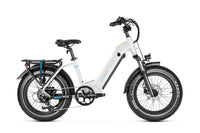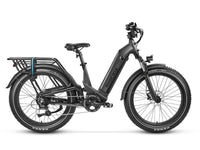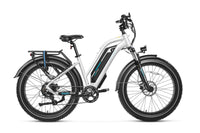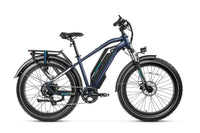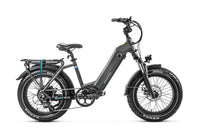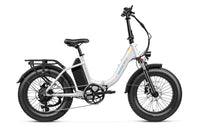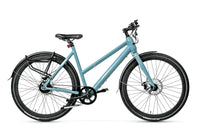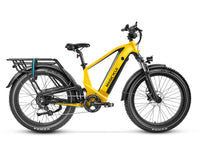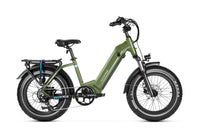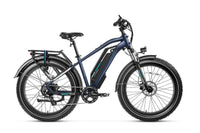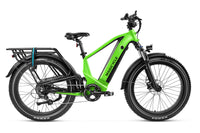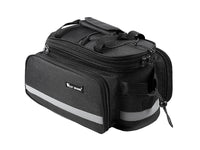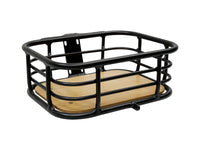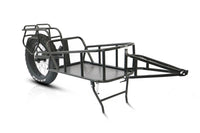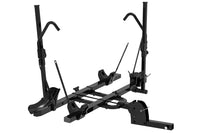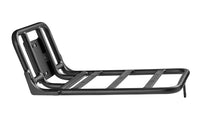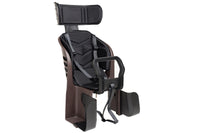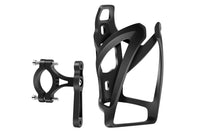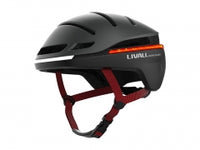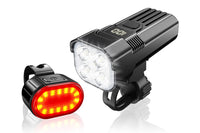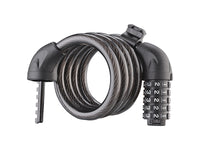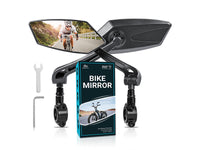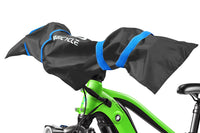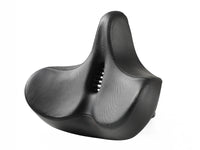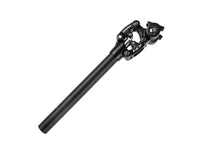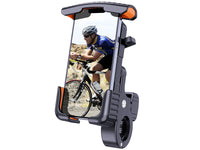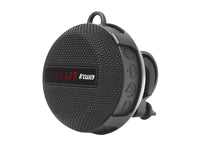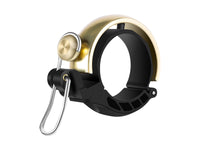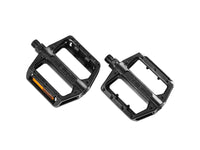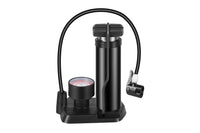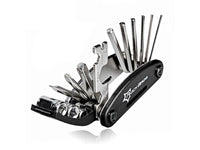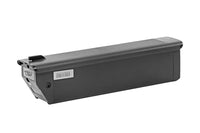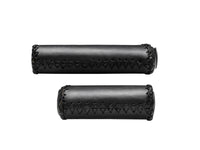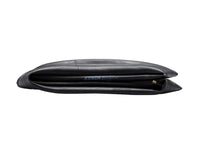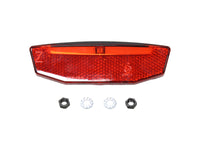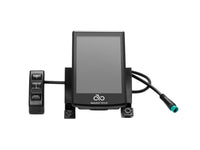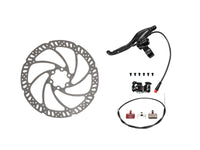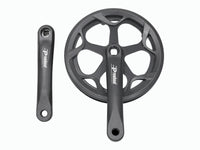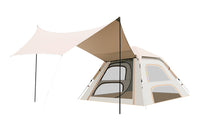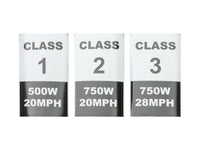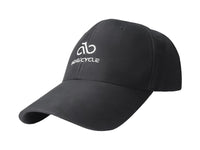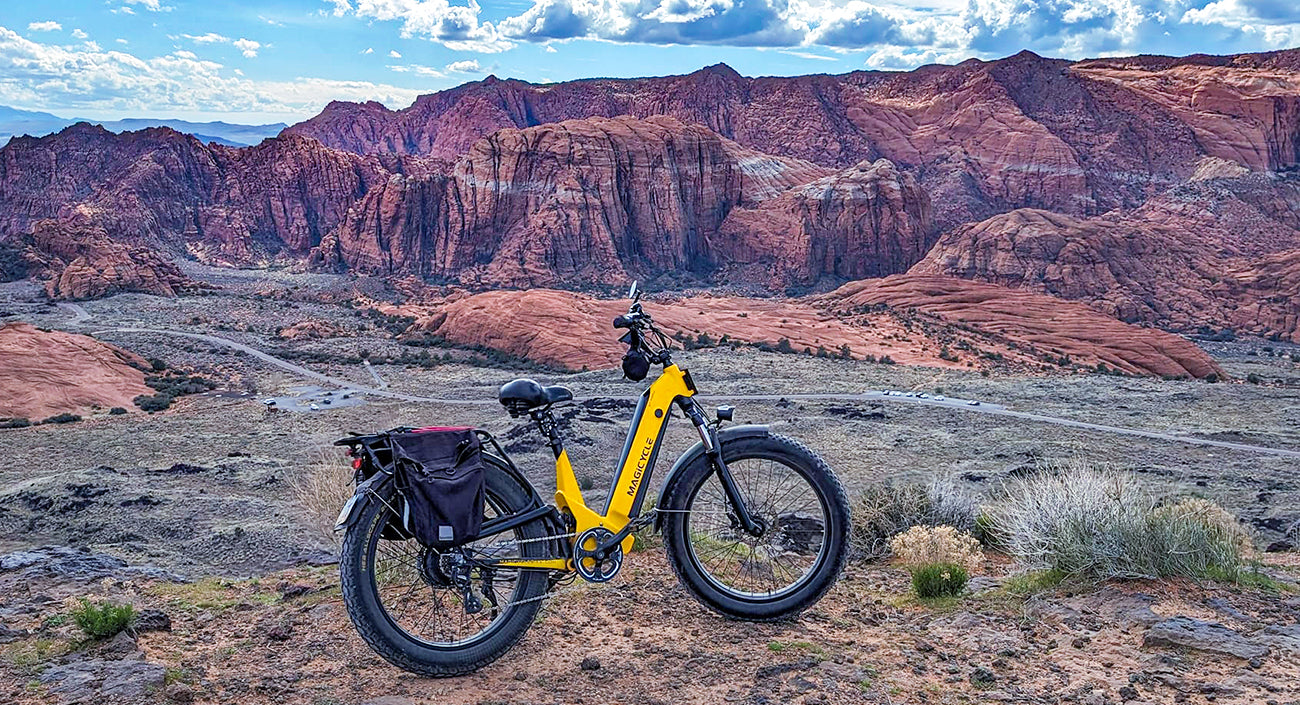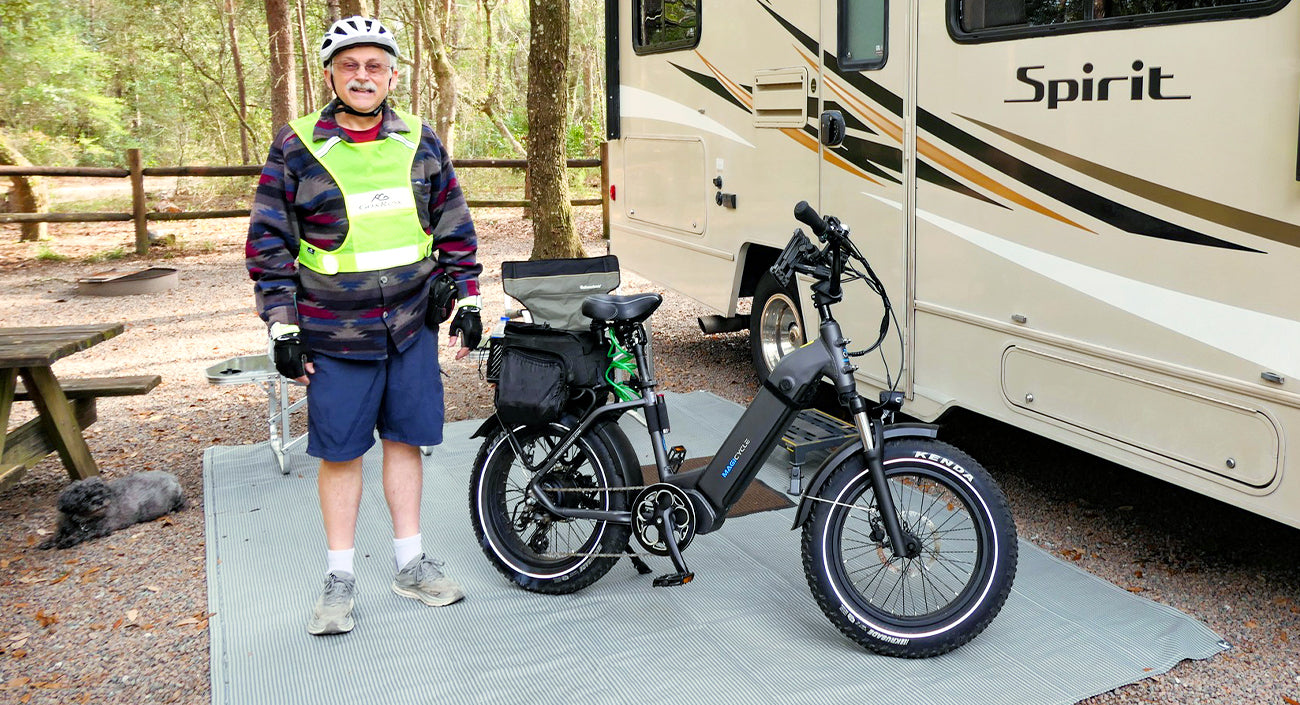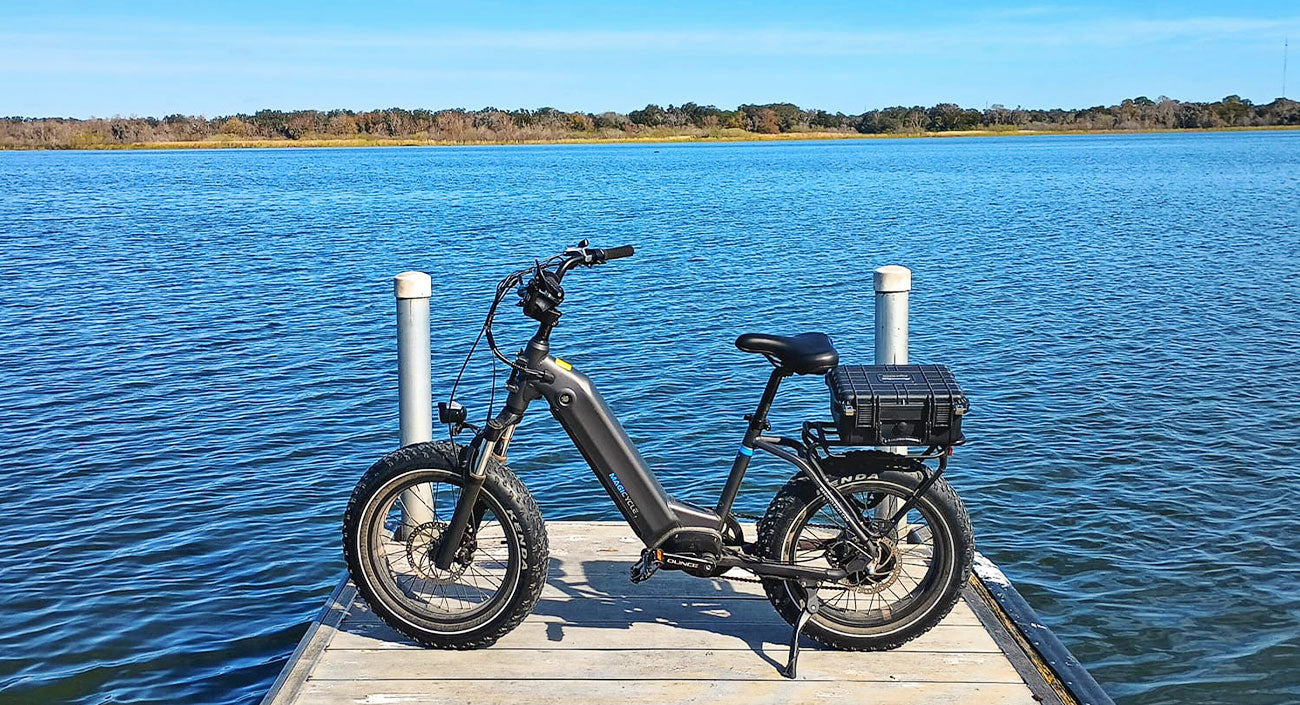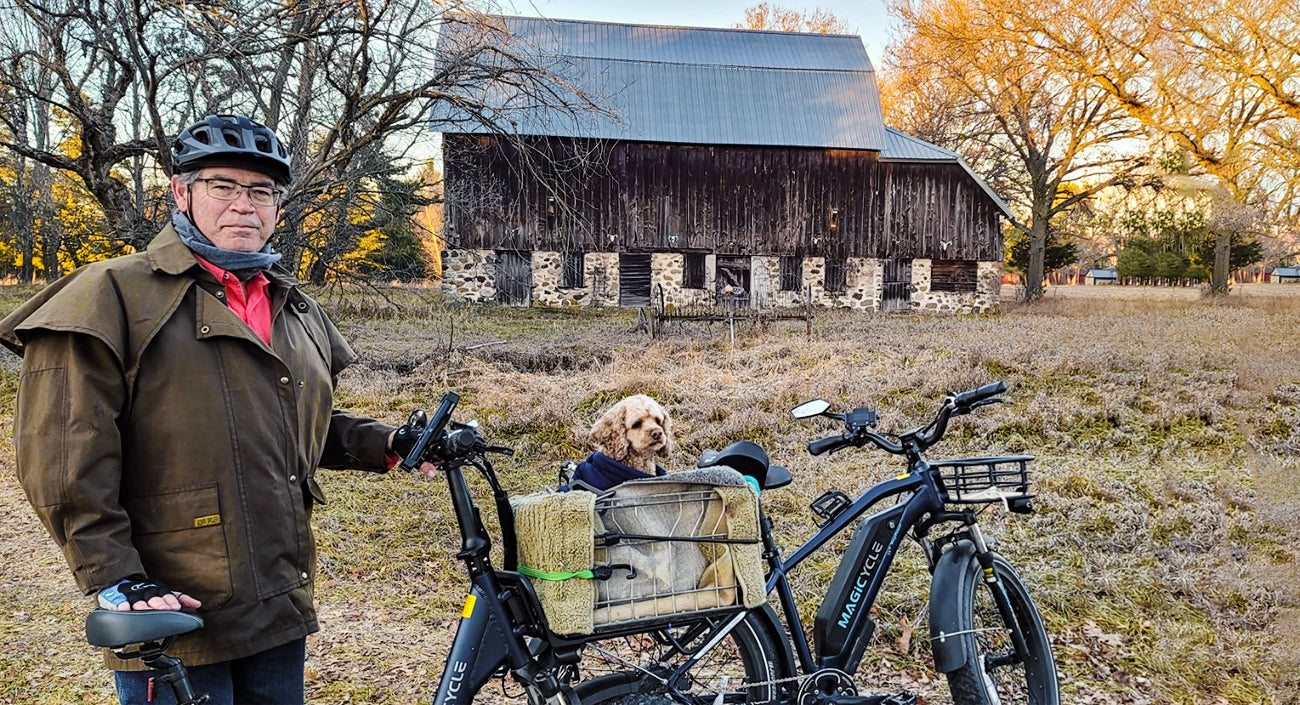 January 24,2024
January 24,2024
 January 24,2024
January 24,2024
Electric bikes, or ebikes, have become a ubiquitous presence on roads and trails, offering an eco-friendly and efficient mode of transportation. As more individuals embrace the convenience of ebikes, questions about speed limits often arise. In this article, we'll explore the nuanced world of ebike speed limits, shedding light on regulations, safety considerations, and the factors that influence how fast these electric steeds can go.
Understanding Ebike Classifications
Before delving into speed limits, it's crucial to understand the classifications of ebikes. In many regions, ebikes are categorized into three main ebike classes:
Class 1: Ebikes equipped with a motor that assists while pedaling, ceasing to provide assistance when the bike reaches 20 miles per hour (32 km/h).
Class 2: Ebikes with a motor that can be used exclusively to propel the bike but ceases to provide assistance beyond 20 miles per hour (32 km/h).
Class 3: Ebikes equipped with a motor that assists while pedaling, cutting off assistance at 28 miles per hour (45 km/h).
Check out Magicycle blog for more info about ebike classes.
Understanding Speed Limits
The speed limits for ebikes are often tied to these classifications. Class 1 and Class 2 ebikes typically have a speed limit of 20 miles per hour, while Class 3 ebikes can reach speeds of up to 28 miles per hour. However, these limits can vary based on local regulations, and it's crucial for riders to familiarize themselves with the specific laws in their area.
Local Regulations Matter
Speed limits for ebikes are not standardized globally or even nationally. They often fall under the jurisdiction of local authorities. Municipalities, states, or countries may impose varying speed restrictions, so riders must be aware of and adhere to the regulations applicable to their riding location.
Factors Influencing Ebike Speed
Several factors can influence the speed of an ebike, even within the defined classifications and legal limits. These factors include:
Motor Power: The wattage and torque of an ebike's motor significantly impact its speed capabilities. Higher-powered motors can propel the bike more swiftly.
Battery Voltage: The voltage of an ebike's battery plays a role in determining how much power the motor can deliver. Ebikes with higher voltage batteries, like 52V ebikes, can contribute to faster speeds.
Terrain: The nature of the terrain affects an ebike's speed. Riding uphill will generally be slower than cruising on a flat surface.
Rider's Pedaling Input: Class 1 and Class 3 ebikes rely on the rider's pedaling input to activate the motor. The more effort the rider puts into pedaling, the more assistance the motor provides, influencing the overall speed.
Safety Considerations
Regardless of speed limits, safety should always be a top priority for ebike riders. Here are some safety considerations:
Protective Gear: Wear appropriate protective gear, including an ebike helmet and reflective clothing, to enhance visibility.
Traffic Rules: Follow traffic rules and signals, and be aware of your surroundings. Treat your ebike as you would any other vehicle.
Maintenance: Regularly maintain your ebike, ensuring that brakes, lights, and other crucial components are in optimal condition.
Education: Stay informed about local regulations and take any required safety courses to enhance your knowledge of ebike operation.
Conclusion
While there may be defined speed limits for ebikes based on their classifications, riders must be mindful of local regulations and exercise prudence. The joy of ebiking is not solely dependent on speed; it's about embracing a sustainable and enjoyable mode of transportation. By understanding and respecting speed limits, riders can contribute to the harmonious integration of ebikes into existing transportation ecosystems.
